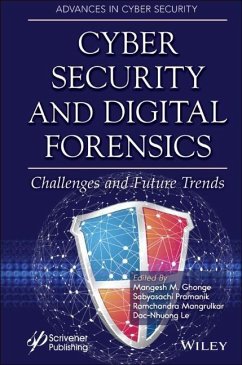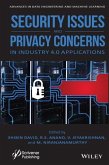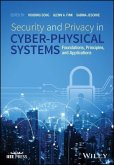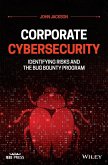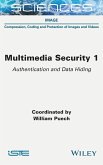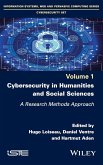CYBER SECURITY AND DIGITAL FORENSICS
Cyber security is an incredibly important issue that is constantly changing, with new methods, processes, and technologies coming online all the time. Books like this are invaluable to professionals working in this area, to stay abreast of all of these changes.
Current cyber threats are getting more complicated and advanced with the rapid evolution of adversarial techniques. Networked computing and portable electronic devices have broadened the role of digital forensics beyond traditional investigations into computer crime. The overall increase in the use of computers as a way of storing and retrieving high-security information requires appropriate security measures to protect the entire computing and communication scenario worldwide. Further, with the introduction of the internet and its underlying technology, facets of information security are becoming a primary concern to protect networks and cyber infrastructures from various threats.
This groundbreaking new volume, written and edited by a wide range of professionals in this area, covers broad technical and socio-economic perspectives for the utilization of information and communication technologies and the development of practical solutions in cyber security and digital forensics. Not just for the professional working in the field, but also for the student or academic on the university level, this is a must-have for any library.
Audience: Practitioners, consultants, engineers, academics, and other professionals working in the areas of cyber analysis, cyber security, homeland security, national defense, the protection of national critical infrastructures, cyber-crime, cyber vulnerabilities, cyber-attacks related to network systems, cyber threat reduction planning, and those who provide leadership in cyber security management both in public and private sectors
Cyber security is an incredibly important issue that is constantly changing, with new methods, processes, and technologies coming online all the time. Books like this are invaluable to professionals working in this area, to stay abreast of all of these changes.
Current cyber threats are getting more complicated and advanced with the rapid evolution of adversarial techniques. Networked computing and portable electronic devices have broadened the role of digital forensics beyond traditional investigations into computer crime. The overall increase in the use of computers as a way of storing and retrieving high-security information requires appropriate security measures to protect the entire computing and communication scenario worldwide. Further, with the introduction of the internet and its underlying technology, facets of information security are becoming a primary concern to protect networks and cyber infrastructures from various threats.
This groundbreaking new volume, written and edited by a wide range of professionals in this area, covers broad technical and socio-economic perspectives for the utilization of information and communication technologies and the development of practical solutions in cyber security and digital forensics. Not just for the professional working in the field, but also for the student or academic on the university level, this is a must-have for any library.
Audience: Practitioners, consultants, engineers, academics, and other professionals working in the areas of cyber analysis, cyber security, homeland security, national defense, the protection of national critical infrastructures, cyber-crime, cyber vulnerabilities, cyber-attacks related to network systems, cyber threat reduction planning, and those who provide leadership in cyber security management both in public and private sectors

